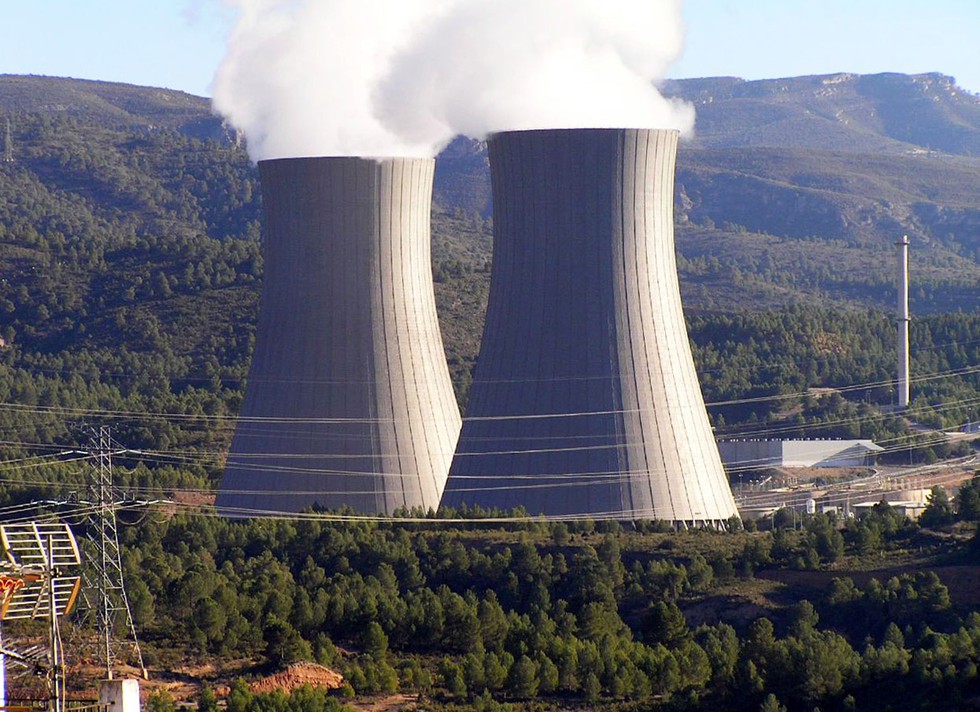About Civil Liability for Nuclear Damages Act (CLNDA), 2010:
- It is the legal foundation that influences India’s response to nuclear incidents. It was adopted by Parliament of India in 2010.
- It is based on the international principles of civil nuclear liability laid down in the Vienna Convention, Paris Convention and Brussels Supplementary Convention.
- It created a mechanism for compensating victims from damage caused by a nuclear accident, allocating liability and specifying procedures for compensation.
- Features:
- The CLNDA provides for strict and no-fault liability on the operator of the nuclear plant, where it will be held liable for damage regardless of any fault on its part.
- This Act establishes the operator’s liability for nuclear catastrophes up to 1,500 crores, which requires insurance or financial security.
- In case the damage claims exceed ₹1,500 crore, the CLNDA expects the government to step in.
- The Act has limited the government liability amount to the rupee equivalent of 300 million Special Drawing Rights (SDRs) or about ₹2,100 to ₹2,300 crore.
- In addition to establishing a timeline for compensation claims, the act authorises the Atomic Energy Regulatory Board to report incidents within 15 days.
- In addition, the Act establishes a Nuclear Damage Claims Commission to facilitate equitable compensation and conflict resolution.
